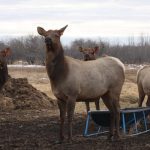
Cervid harvest preserves to be developed in the province under Bill 10
Cervid hunt farms will bring diversification opportunities for producers
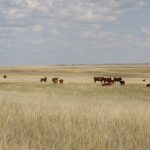
Conservation groups enter grazing lease debate
Five Alberta groups ask for halt of proposed project to convert native grasslands to irrigation
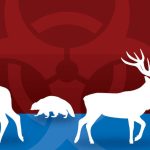
Chronic wasting disease spillover risk deserves more attention: report
U.S. researchers say it’s time to look beyond deer when watching for chronic wasting disease exposure and infection

Don’t let domestic sheep mix with Bighorns

Group launches wildlife monitoring project in Milk River watershed
Acoustic monitoring project aims to determine population levels and valuable habitat for bats and amphibians
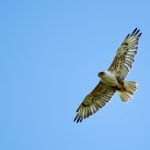
Plan aims to protect ferruginous hawk
Ferruginous hawks control the ground squirrel population and are a huge benefit to landholders

Testing wetlands for infectious bird flu – and finding it
Because concentration is too low in large water bodies, the usual methods of testing don’t work

Saskatchewan expands wildlife testing to include bovine TB
CFIA probe of cattle herd finds 10 infected so far
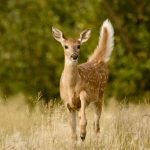
COVID-19 isn’t over for white-tailed deer
The virus mutates rapidly in white-tailed deer, but here’s why we don’t need to worry – for now

Yarrow Project extends grassland preservation
Area will rely on cattle to replace the ecosystem services of bison, Nature Conservancy of Canada says

